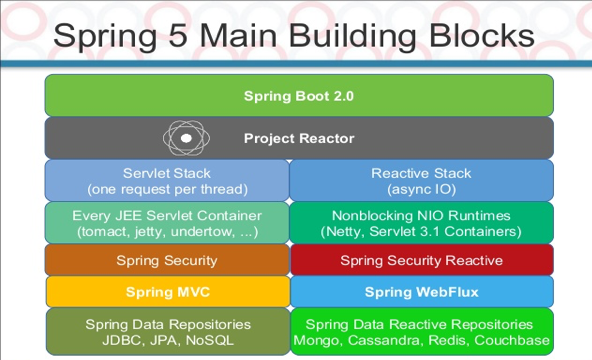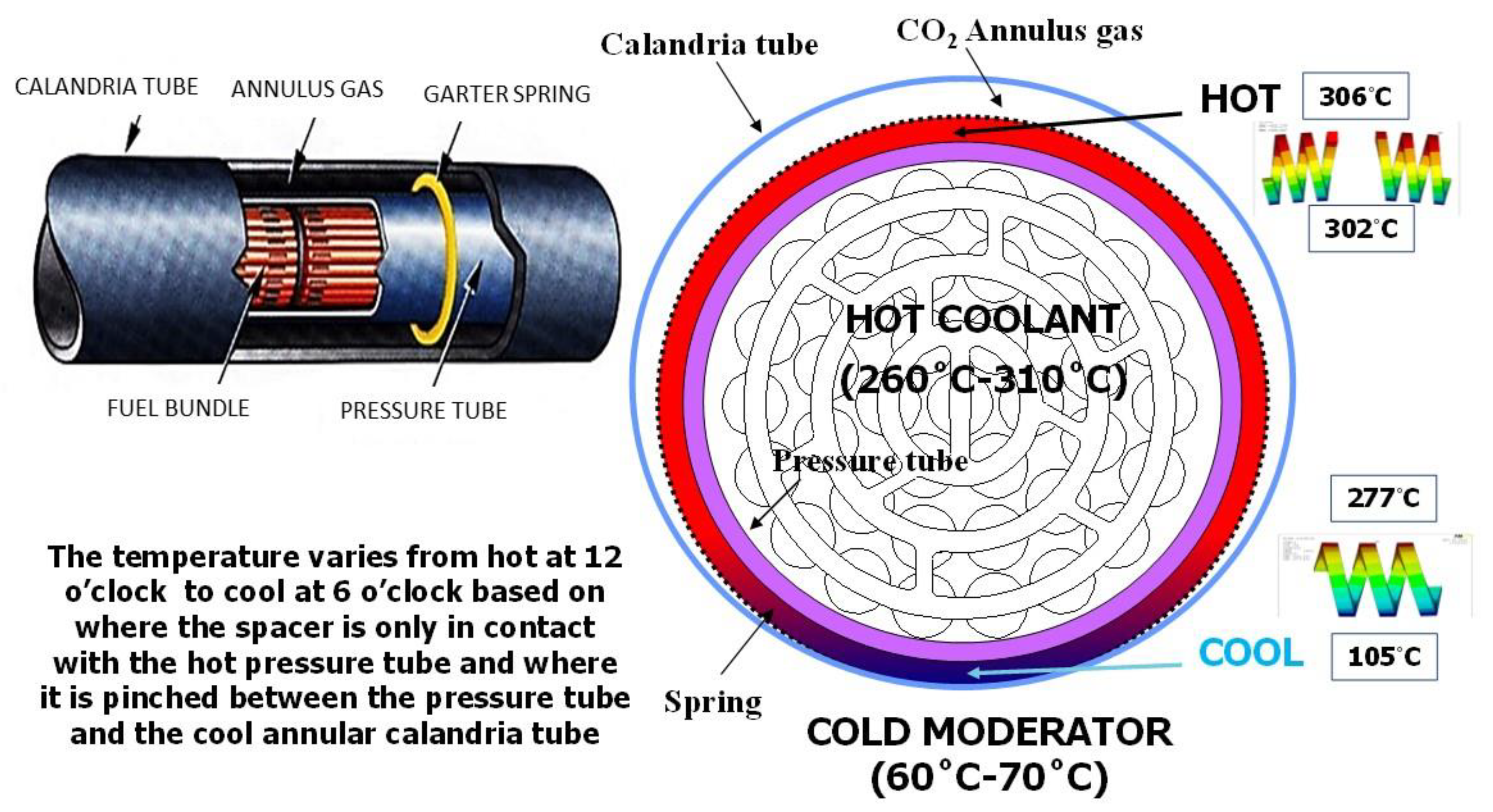Roads & PavementRoads & Pavement
Barefoot
Minimal
Low
Medium
High
Maximal
All around running shoes offer comfort and cushioning for daily runs, jogs, walks, and long mileage. They offer enough versatility for both faster and slower runs and are a great option for those who want one running shoe to do it all.
Fast run or uptempo running shoes are lightweight and responsive. They offer streamlined designs that have minimal uppers and offer a high level of energy return. These shoes are a great option for faster runs in the week or those looking for a livelier experience.
Max Cushion shoes offer premium cushioning with ample ground protection and a stable ride. These types of shoes provide abundant impact protection that softens landings while running at any pace or distance. These types of shoes are best for slower recovery runs and easy days where comfort takes priority.
Racing shoes are designed with optimal performance in mind. These types of shoes have snug-fitting uppers, energetic midsole foams, and features implemented for maximum efficiency. These types of shoes are best for runners looking to gain the ultimate advantage in races but may sacrifice some durability and comfort.
Gym Workout shoes offer a stable and versatile ride. They have a firmer underfoot feeling that provides stability for lateral movements with comfortable uppers. These types of shoes are best for trips to the gyms, cross training, casual wear, and light running. Reactor Core Threads not Stopped on Shutdown Issue 34922
Road running shoes feature smooth outsoles that are designed for running on paved surfaces such as roads, sidewalks, and bike paths.
Designed to handle most trail runs, these shoes prioritize comfort and a smooth ride. These shoes are great for anything from smooth singletrack, park trails, and fireroads making them ideal for those who run from their doorstep on streets before hitting the trail.
These shoes are best used for hard, rugged trails such as shale, granite or sandstone where grip on smooth surfaces and underfoot protection are important.
Designed for use in muddy, soggy conditions, these shoes feature very aggressive outsoles that dig deep into soft ground for exceptional traction.
These shoes feature technical outsoles designed to grip snowy and icy trails making them ideal for winter trail running.
Cushioning level, or stack height, refers to how much shoe is between your foot and the ground. For this category, we reference the amount of cushioning below the forefoot as the heel height will be equal to or greater than the forefoot height.
Reactive Java with Spring WebFlux and Reactor InfoWorld
0-13mm. The Shoe generally does not have a midsole and feels like there is no cushioning. This shoe is all about feeling the ground underfoot.
14-18mm. The shoe has a thin midsole that allows for a natural running experience. Racing shoes and minimalist shoes are common here. These shoes offer a feeling of being connected to the road or trail.
19-23mm. The shoe has a slightly cushioned feel and may feature added cushioning technologies. Performance training shoes and some trail shoes are common here. These offer protection during footstrike but prioritize a lightweight, grounded experience.
24-28mm. These shoes have a stack height that fall near the middle of the spectrum.The shoes in this category are verstaile and great for all types of runs and distances.
29-34mm. The shoe has a thick midsole and ample cushioning. These shoes are highly protective and absorb more impact than the body.
35mm plus. The shoe has an extremely thick midsole and extra cushioning. The focus is on protection and soft foam underfoot with hardly any ground feel.
Neutral shoes support the foot through a normal range of arch collapse and generally do not have a built-in technology to correct movement.
Stability shoes are a great option for those who overpronate or need added support. These shoes help to limit the inward rolling motion of the ankle while running or walking and assist in guiding the foot straight through the gait cycle. 4 Reactor Core Cerenkov before spring break 2007
Product Details:
Reactor Spring Boot Webflux series EP 1 Getting Started with shop, Nuclear reactor Fission Fusion Breeder Britannica shop, Vert.x vs. Spring Framework 5 Dreamix shop, Reactor Repeat vs Retry Vinsguru shop, Avoid Reactor Freeze Reactive Programming by Kuldeep Gulati shop, Build Reactive APIs with Spring WebFlux Okta Developer shop, Reactor 3.0 a reactive foundation for java 8 and Spring PPT shop, Reactive Programming in Java How Why and Is It Worth Doing shop, The 5 basic topics you should know about project reactor Erwin shop, Reactive Streams IntelliJ IDEA Documentation shop, Study on the influence of hold down spring on the vibration shop, Getting Started with Spring WebFlux shop, Reactor 3 Reference Guide shop, Materials Free Full Text Microstructural Effects on shop, Benefits of Reactive Programming with Reactor and Spring Boot 2 shop, Debugging a Spring WebFlux Reactor application with IntelliJ shop, NS Savannah core internals. 1 2 3 Control rod inner sleeve 4 shop, Reactive Asynchronous Programming in Java using Reactor Core Part shop, JNE Free Full Text Strain Localisation and Fracture of Nuclear shop, 4 Reactor Core Cerenkov before spring break 2007 shop, Reactive Java with Spring WebFlux and Reactor InfoWorld shop, Reactor Core Threads not Stopped on Shutdown Issue 34922 shop, Reactive Programming in Spring Boot using Spring Webflux Framework shop, Get Started with Reactive Programming in Spring Okta Developer shop, Reactive Programming with Spring 5 WebFlux shop, The pressure vessel of a nuclear reactor core containing shop, Spring Reactor Mono block deadlock Habr shop, Introduction to Spring Reactor Knoldus Blogs shop, Spring WebFlux Spring Reactive Programming DigitalOcean shop, Flux reactor core 3.6.3 shop, Executing Blocking calls on a Reactor based Application shop, Spring WebFlux 101. Spring WebFlux is a reactive web by Bubu shop, EmitterProcessor reactor core 3.6.3 shop, Spring WebFlux Error handling in Reactive Streams Knoldus Blogs shop, Java Reactive Programming Combining Multiple Sources Of Flux shop, Spring Reactive shop, Reactor 3 Reference Guide shop, Introduction to Spring Reactor Knoldus Blogs shop, Hands On Spring Security 5 for Reactive Applications shop, Reactor 3 Reference Guide shop, Introduction to Project Reactor in Java by Aleksandar Grujic shop, Reactor 3 Reference Guide shop, Reactor 3 Reference Guide shop, GitHub reactor reactor core Non Blocking Reactive Foundation shop, How to start with your first Spring Reactor Project Knoldus Blogs shop, Reactor 3 Reference Guide shop, Reactor 2.5 A Second Generation Reactive Foundation for the JVM shop, Reactor Core 3.0 becomes a unified Reactive Foundation on Java 8 shop, GitHub reactor reactor core Non Blocking Reactive Foundation shop, Flux reactor core 3.6.3 shop, Product Info:
Reactor core spring shop.
- Increased inherent stability
- Smooth transitions
- All day comfort
Model Number: SKU#7361027



